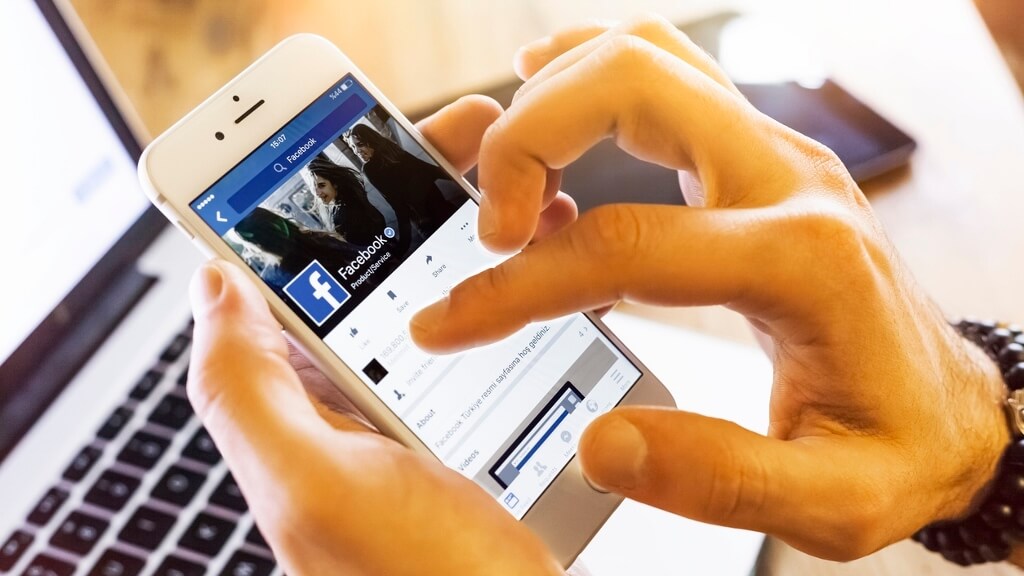For Many In Coronavirus Quarantine, Social Media Is A Lifeline To The Outside world

“We’re just trying to keep the lights on over here”, Facebook CEO Mark Zuckerberg explained in a recent interview, highlighting the unique situation which social media platforms find themselves in during the coronavirus pandemic.
Just months ago, users were leaving Facebook in droves—particularly over concerns about how the social media giant managed their data. The current public health crisis, however, has driven home how essential online connectivity has become.
For the more than three billion people—well over a third of the world’s population—who are now living under quarantine, Facebook and other social media platforms have now become a vital link to the outside world.
Remarkable upswings in messaging and streaming
Facebook, which has roughly 2.5 billion active users, has seen an unprecedented spike in traffic as lockdowns kick in around the world. Ironically, the social network’s bottom line isn’t benefitting from the massive uptick in usage—increased engagement is predominantly coming from products, such as messaging and video calling, which aren’t monetised.
Even if it isn’t directly drawing in cash, the surge in usage has been exponential in some regions particularly hard-hit by the pandemic: Italy, which recently surpassed China to become the country with the world’s worst COVID-19 outbreak, experienced a whopping 1000% increase in video calling on Facebook-owned platforms.
Social media platforms and streaming sites are serving many essential functions in these trying times. They’re hosting COVID-19 support groups and offering grandparents the chance to stay in touch with their grandchildren while separated due to the high fatality rate for older adults, while celebrities are using their large social media following to spread government public health announcements.
Bridging the gap between school semesters
Certain groups of people may derive particular benefit from the various ways to stay connected online. At last count, 110 countries have shuttered their schools and universities in the pandemic’s wake, leaving some 849 million children and youth locked out of the classroom.
Educators are scrambling to reconfigure their curricula for online learning and to find solutions for the knock-on effects of school closures, such as the loss of free or low-price school meals which many families rely on.
It’s hard to overstate the effect that being abruptly yanked away from day-to-day interaction with their peers may have on young people’s mental and physical health, particularly during a period of great upheaval. Studies have indicated that socially active teens are less likely to be obese or have high blood pressure.
It’s not yet clear when many students will be able to return to the classroom—many countries may not be able to open their schools before the fall semester. Fortunately, countless apps and social media platforms exist to help young people stay in touch during the prolonged break.
In addition to all-purpose apps like Facebook or FaceTime, a number cater specifically to youth. French social media startup Yubo, for example, now counts 25 million users around the world aged 13-25. The app—Yubo is planning to release a desktop version this year—seems tailor-made for the age of social distancing.
While it’s focused on community-building rather than the repetitive scrolling and liking that characterises platforms like Instagram, it’s not geared up for in-person interaction. Instead, it centres around fostering long-distance friendships through features like group live-streams.
Since its user base skews so young, Yubo has put extra effort into its safety features. The startup uses finely-tuned algorithms to identify when users join a livestream nude or in their underwear—at which point a moderator would intervene in real time—and to make sure that users are the age they say they are.
New social rituals
While apps like Yubo play a particularly important role in ensuring that children and teens can continue to have meaningful interactions with their peers while in quarantine, people from all generations are catching onto the appeal of livestreaming platforms. San Francisco-based app Houseparty, for example, has been around since 2017.
The app, which allows up to 8 people to join a video chat, caught on quickly among Generation Zers, but seemed to stall out as other video apps like TikTok took over the limelight.
The app’s fortunes have turned around in short order since widespread lockdowns became the norm. A month ago, Houseparty was being downloaded some 130,000 times a week. Last week, more than 2 million people—from well beyond Houseparty’s usual user base of teenagers and college students— around the world installed it on their devices.
Houseparty-hosted “virtual happy hours”, long-distance dinners, or simultaneous trivia sessions through the app’s gaming add-on have become social rituals livening up weekends under lockdown.
Houseparty and other similar apps will undoubtedly be hoping that their boom in popularity outlasts the quarantine orders. It’s quite possible that the current spike in users of livestreaming apps, from youngsters forced to stay home from school to grandparents connecting with their family, could herald societal changes that endure long past these exceptional times.
While people will understandably be thrilled to go out to their favourite restaurants and see friends in person, they may have also become attached to the various innovative ways of staying in touch from afar.
Thanks for signing up to Minutehack alerts.
Brilliant editorials heading your way soon.
Okay, Thanks!